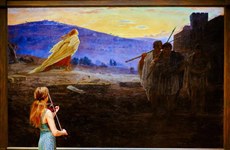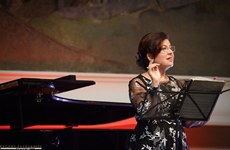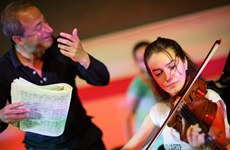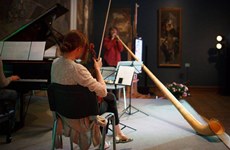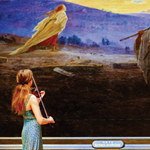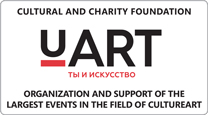The VIVARTE Festival Has Ended
The VIVARTE First International Chamber Music Festival (organized with the support of UNIDENT Group of Companies) has ended in Moscow The concept of the festival was the synthesis of arts. VIVARTE unites chamber music and painting, traditions and avant garde. Eight days, six concerts, six masterpieces from the museum vault, 25 participants, “musical promenade” and jazz night..
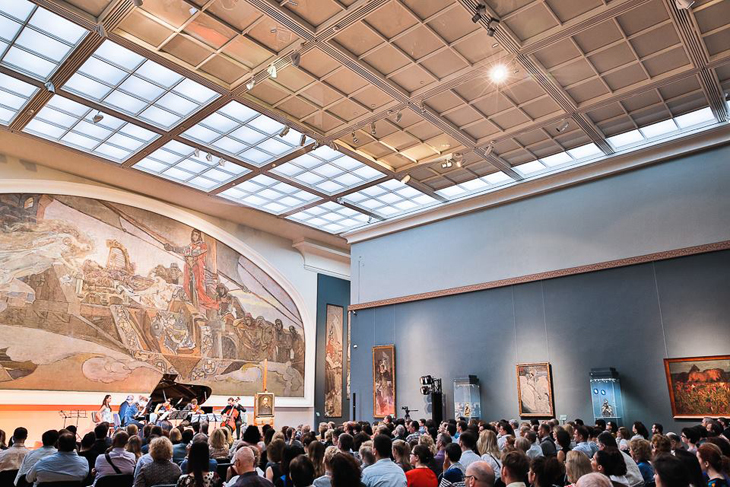
The concerts of the festival took place in the place unique by its content and decorations – the Vrubel Hall, which is one of the best concert halls of Moscow. An artist Mikhail Aleksandrovich Vrubel has been closely linked to the world of music and his wife was the distinguished singer Nadezhda Zabela.
In the second half of the XIX century the house of the merchant Pavel Mikhailovich Tretyakov was one of the vestiges of Moscow culture. On the initiative of the wife of Pavel Mikhailovich, Vera Nikolaevna Tretyakov who was a great fortepiano player, friendly musical meetings were regularly carried out in the house. Among the participants were Tretyakov’s daughters (the senior daughter, Vera Pavlovna, soon became the wife of the piano player and conductor A.I. Ziloti who was a cousin of S.V. Rakhmaninov). The concerts which are being held in the Vrubel Hall nowadays have become a magnificent continuation of these traditions. The characteristic feature of the music nights in Tretyakov Gallery – now state art gallery – is the warm atmosphere of the artistry saloon where the ideas of synthesis of arts (Gesamtkunstwerk) gain its live embodiment.
The VIVARTE International Chamber Music festival inherits
the noble traditions of the Tretyakov’s house and is truly the brainchild of a
magnificent
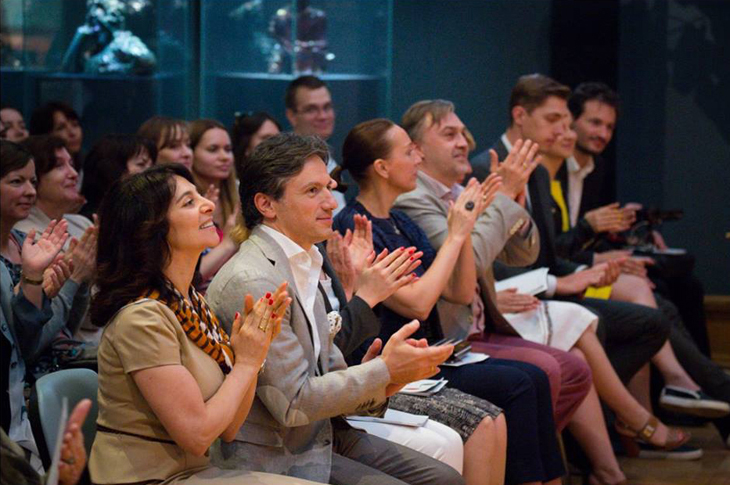
The VIVARTE festival is distinguished by its original conception. Its laconic name features both the glorification of art (Viva l'arte! – Italian for “Long live the Art”) and its vital necessity and authenticity (L'arte viva – Italian for “Living Art”). Within the festival programme there are various chamber music groups (academical format), the fascinating “Musical Promenade” and the Jazz Night. One of the concerts has been dedicated to 110 years from the date of birth of the outstanding Russian composer D.D. Shostakovich. The festival participants are renowned musicians from various continents and young rising stars of the Performing Arts worldwide. However, music is only one part of the project.
Each concert programme has been associated with an exhibition of one painting from the vaults of Tretyakov Gallery with descriptions from the leading gallery custodians. The paintings selected for the exhibition are rarely demonstrated to general public. It is these paintings that are going to inspire the musicians and the audience. The names of the musical composition and of its authors are kept in secret until the concert ends. The performing musicians can share the impression from the exhibition and then express the emotions in music.
Even the closure of the festival was not ordinary – the “Musical Promenade” between the buildings of the Tretyakov Gallery on the Lavrushinskiy lane and on the Krymskiy Val Street. On the way between two buildings the artistic managing director of the festival Boris Andrianov and his colleagues have organized several improvised concerts with the closure of the festival being the Jazz Jam. Such an idea correlates, on the one hand, with the promenade concerts in the European parks that make it possible to listen to music and walk at the same time. The other association is the famous group of plays by M.P. Musorgsky “Pictures from the Exhibition” (where the refrain of “The promenade” takes place – which describes the visitor of the Vernissage walking from one painting to another) and his scenic life itself as one of the best example of interactions between arts in history.
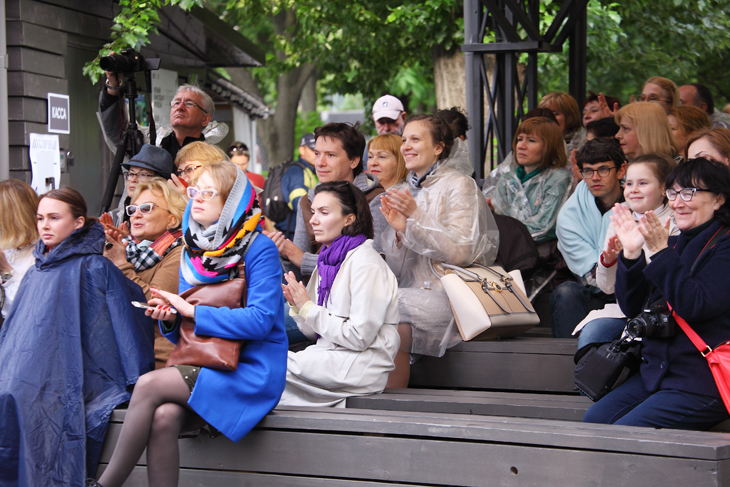
For example, Vasily Kandinsky, inspired by the ideas of Gesamtkunstwerk, have set up an experiment in 1928 by presenting the “Pictures from the Exhibition” by Musorgsky along with moving decorations, color and light “Partition” and with pantomime in the Friedrich Theater in Dessau. The balance he has found between the abstraction and the specific painting made it possible to gain a new vision of Musorgsky music, to move away from its primary source (the composer has been inspired by the paintings of Viktor Hartmann). Today within the VIVARTE festival concerts music meets pictural art, the two essences born in different artistic contexts, as if pushing away the boundaries of its own environment, opening the new horizons to the audience. The servant of two Muses – the Lithuanian composer and artist M.K. Čiurlionis – has once written: “There are no boundaries between Arts. Music unifies poetry and pictural art within itself and has its own architecture. Pictural art can present the same architecture as music, but uses colors to express sounds.”
Back


